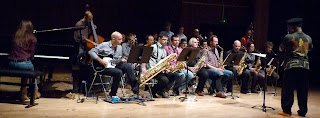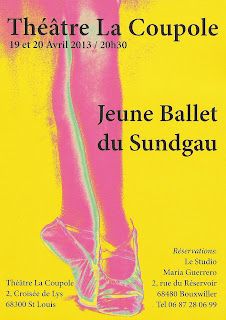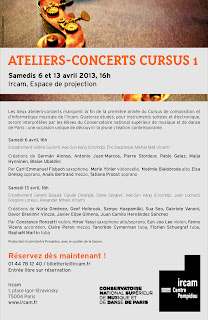Blowing in a bottle: getting the frequencies

Following up the conversion from video to sound file , let's go further in our guess at how much Rico Loop drinks. We are going to look at the nature of the sounds produced at each step of Rico Loop's video, using the signal's power spectrum. With Audacity , we get a power spectrum this way: select a portion of the sound in the menu Analyze , choose Plot Spectrum... To illustrate this post, I show, at the left of the power spectrum, the spectrogram with the sound snippet selected. First interesting pitch, at 0:19: We see that the pitch results from a very isolated peak in the spectrum. Here, the frequency is 512 Hz. At 0:23, we read 417 Hz. The three following peaks are: 350 Hz at 0:40, 290 Hz at 0:53, and 235 Hz at 1:02. Try you own analysis, for instance with Audacity, or with another sound analysis tool. Now, you should be able to find out how much Rico Loops drinks at each step.















